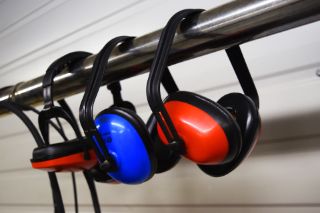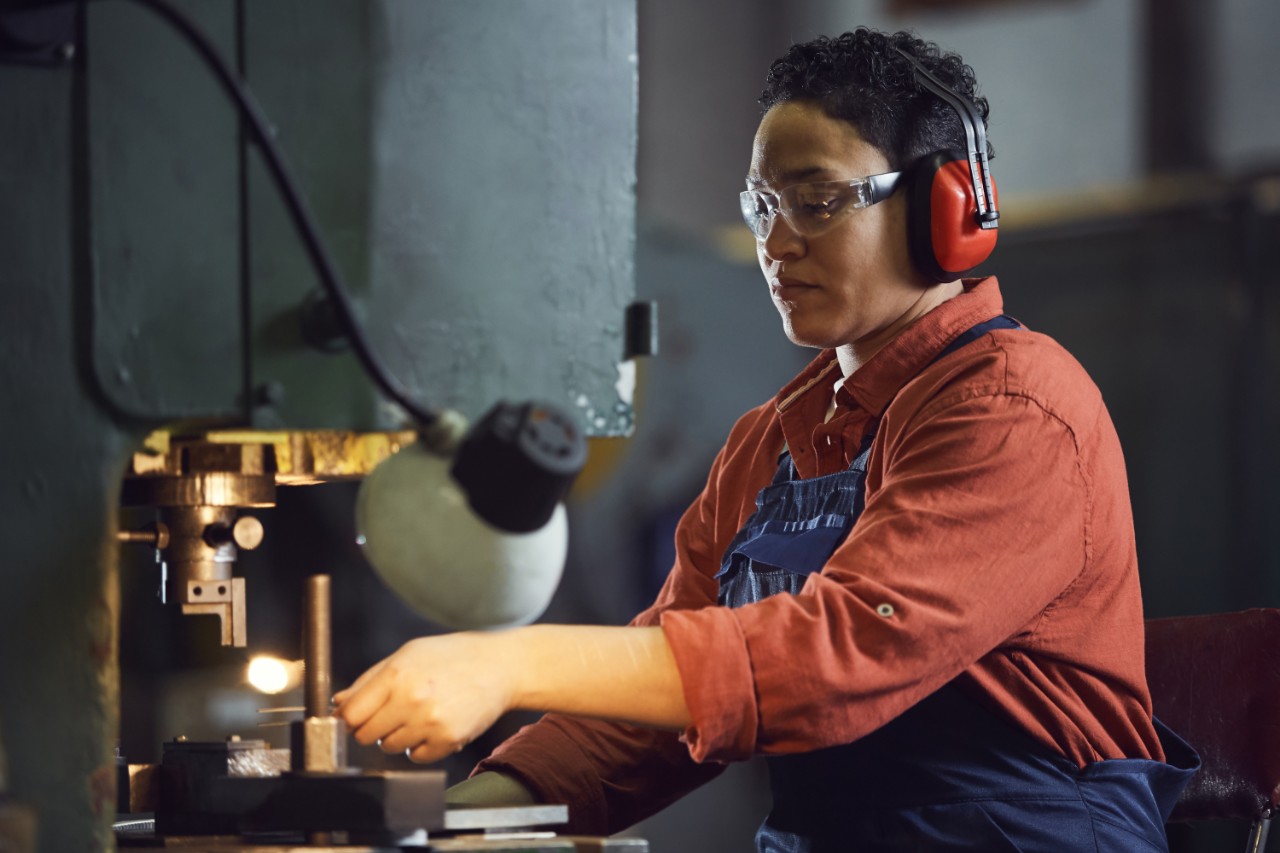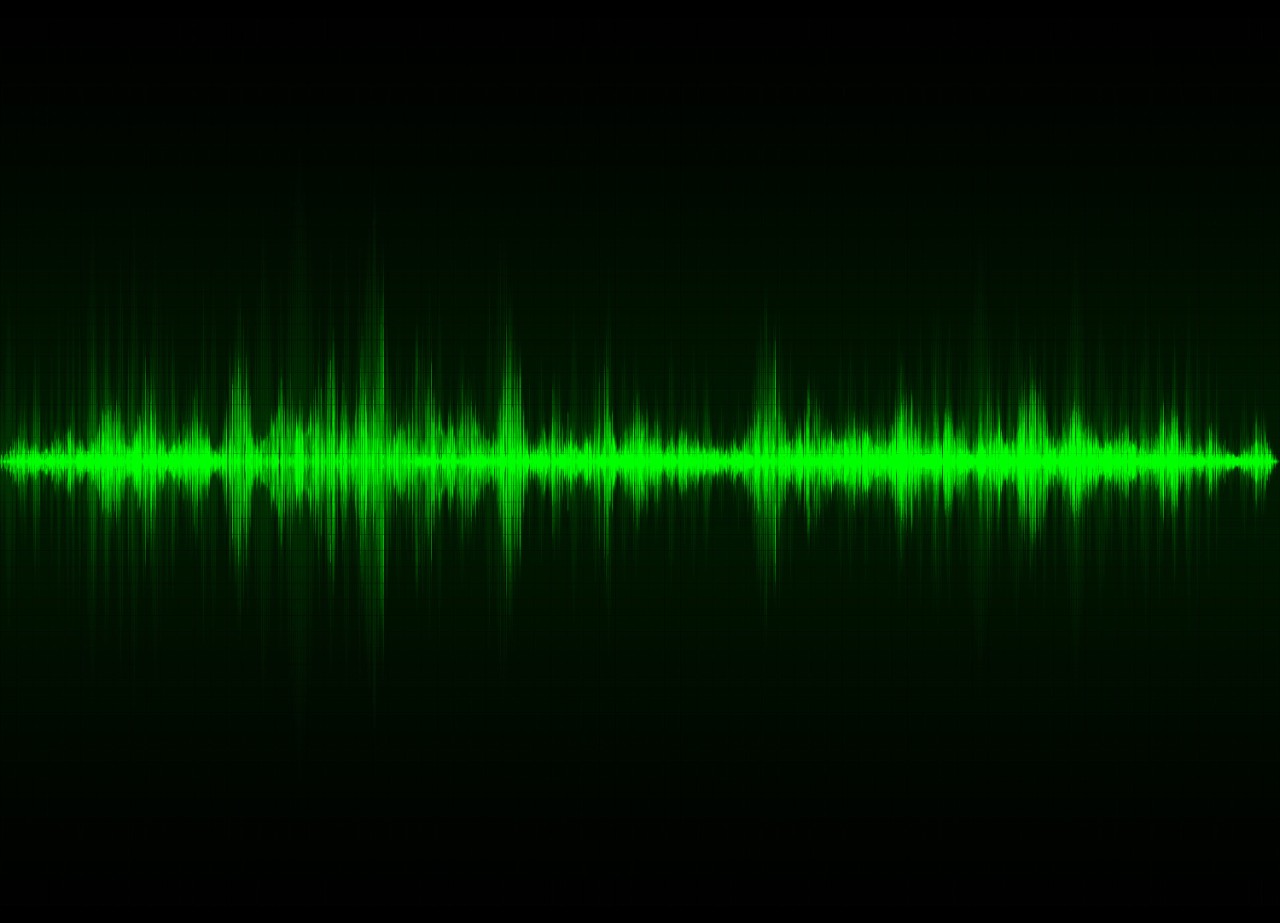In the US, the Occupational Safety and Health Administration requires employers to implement a hearing conservation program if their workers are exposed to noise levels that average 85 decibels (dB) over the course of 8 hours. [2] To put that noise level in context, a whisper measures at around 30 dB while a live music event usually ranges between 100 and 115 dB. While 85 dBs may not seem like a dangerous level of noise at first, it’s important to factor in the amount of time that you’re exposed to that level of noise. The longer the amount of time you are exposed to loud noises, the higher the threat to your hearing health.







